
15 Things You Probably Didn’t Know About the Vietnam War
The Vietnam War (1955–1975) is often remembered for guerrilla warfare, anti-war protests, and dramatic helicopter scenes—but its history is far more complex than these familiar images suggest. Now, 50 years on from the fall of Saigon in 1975, the war’s lesser-known episodes—from "tunnel rats" and soldier trained sea lions to missed diplomatic opportunities and ghost tapes—reveal a deeper and more nuanced story.
Here are 15 surprising facts about the Vietnam War, including some of the military vehicles used and the extreme tactics that shaped its 20-year course.
Here are 15 surprising facts about the Vietnam War, including some of the military vehicles used and the extreme tactics that shaped its 20-year course.
1. Zippo Tank Flamethrowers
The M67 “Zippo tank” was a modified Patton tank fitted with a flamethrower. Used to clear bunkers and dense vegetation, it earned its nickname from the famous lighter brand — and became one of the war’s most feared weapons. Let us know if you think this would be a great idea for a new COBI model?
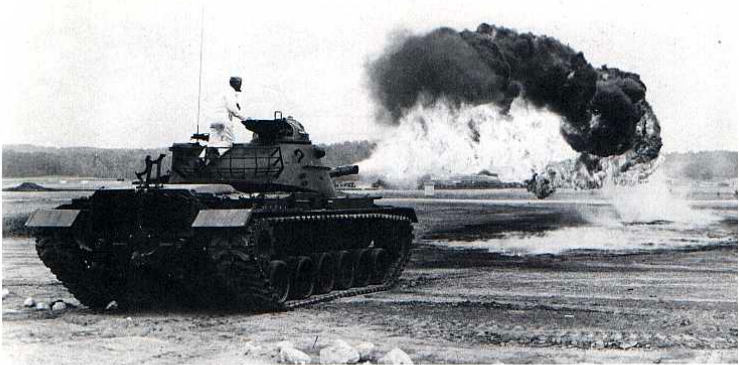
2. North Vietnam used Soviet and Chinese support
While the U.S. supported South Vietnam, North Vietnam received aid from Communist Soviet Union and China, including weapons, tanks, aircraft, and training.
3. Why the F-4C Phantom II needed a gun
The F-4C Phantom II was built without a gun, as missiles were thought to be the future of air combat. However, in Vietnam, close-range dogfights with MiG fighters exposed this flaw. Pilots later added gun pods, and the F-4E was redesigned with an internal cannon—proving guns were still essential in modern air combat.
The F-4C Phantom II was built without a gun, as missiles were thought to be the future of air combat. However, in Vietnam, close-range dogfights with MiG fighters exposed this flaw. Pilots later added gun pods, and the F-4E was redesigned with an internal cannon—proving guns were still essential in modern air combat.
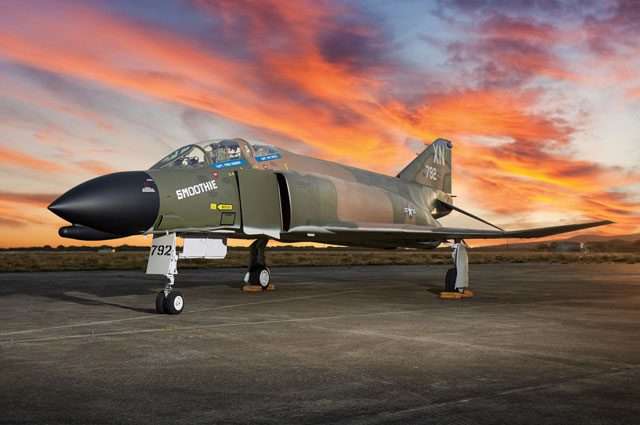
4. The U.S. trained dolphins and sea lions for missions in Vietnam
As part of the Navy’s Marine Mammal Program, dolphins were trained to detect underwater mines, while sea lions were used to guard harbours by attaching markers to enemy divers. Although their operational use in Vietnam was largely classified, the programme demonstrated just how unconventional and experimental military tactics became during the war.
5. M41 Walker Bulldogs vs. T-54s: The light tanks that helped hold An Lộc
During the Battle of An Lộc in 1972, M41s played a key role in halting North Vietnamese advances, using hit-and-run tactics and superior manoeuvrability to outflank heavier Soviet-supplied tanks like the T-54. Their contribution helped South Vietnamese forces hold the city during one of the war’s most intense sieges.
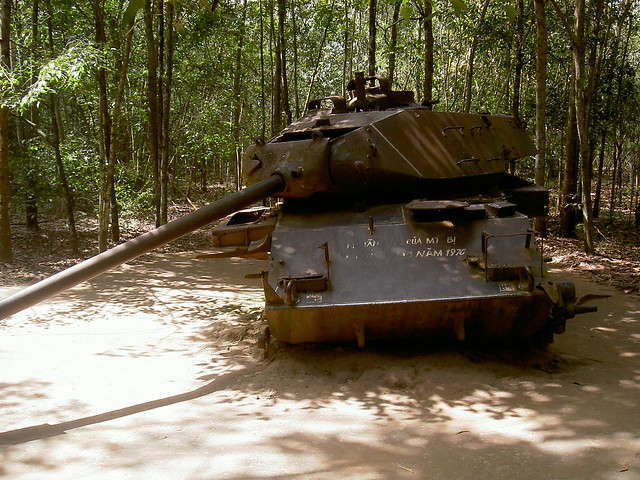
6. Tunnel Rats: The Hidden Warriors of the Vietnam War
To counter Viet Cong tunnel networks stretching 250 km, the US trained “tunnel rats” — small volunteers who entered the underground tunnels with only a torch, pistol and a knife. Despite facing booby traps, snakes, and enemy fighters, they gathered vital intelligence, destroyed supplies, and mapped the vast underground systems. Their bravery remains one of the war’s most extraordinary—and often overlooked—stories.
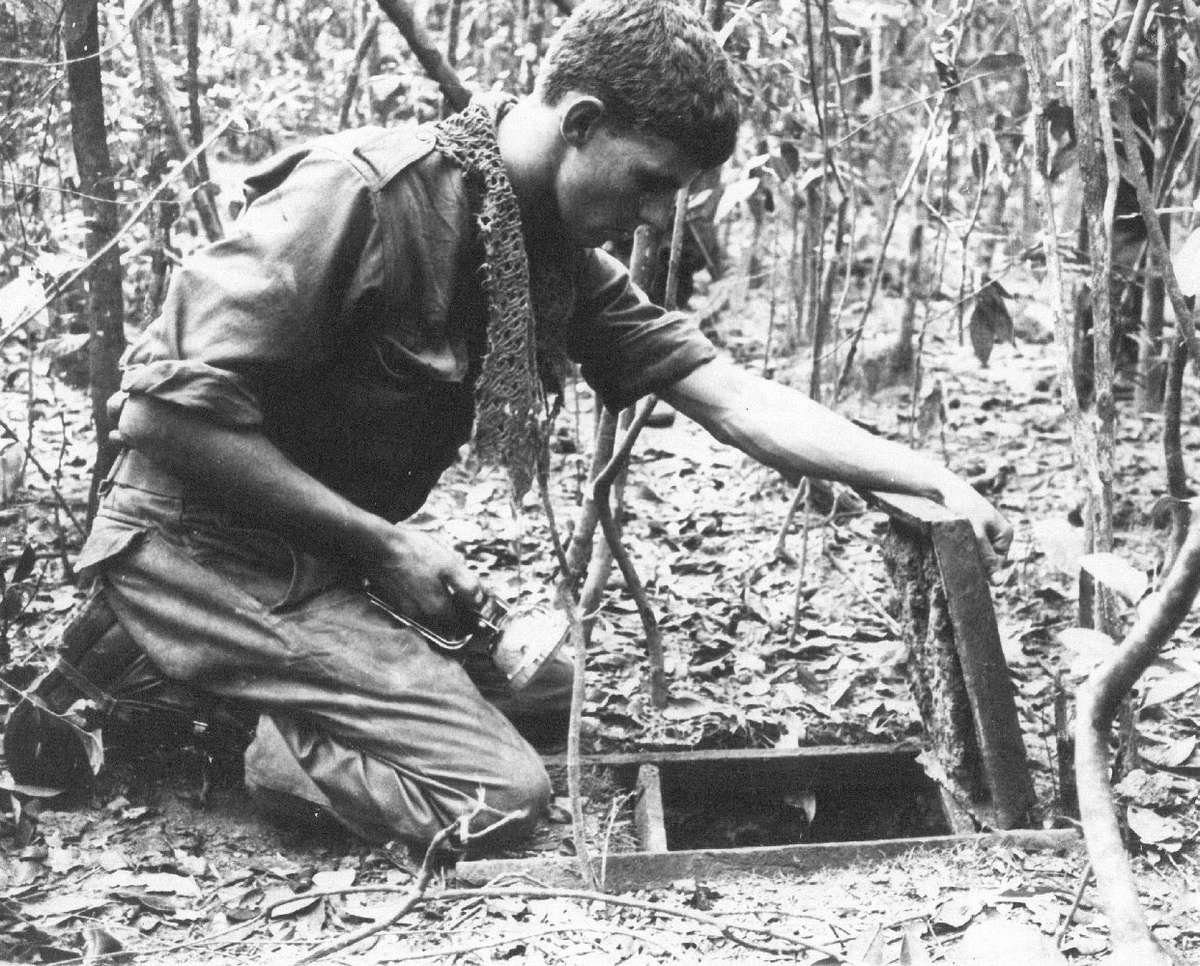
7. The Northrop F-5A Freedom Fighter switched sides
The Northrop F-5A was supplied to South Vietnam by the US. After the fall of Saigon in 1975, many were captured and repurposed by the North — with some even sent to the Soviet Union for analysis.
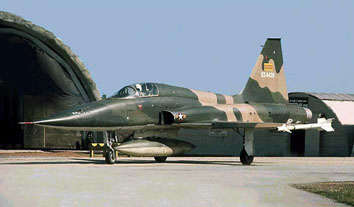
8. Napalm wasn’t the deadliest weapon
While napalm is infamous, Agent Orange caused far greater long-term harm. The herbicide destroyed crops and forests but also left millions with cancers, birth defects, and lasting health issues.
9. The Vietnam War was televised nightly
It was the first war broadcast directly into living rooms. Graphic footage of battles and casualties shifted public opinion and fuelled the anti-war movement in the U.S.
10. Fighting the war on waterways
The Patrol Boat, River (PBR) was a fast, fibreglass jet-powered craft able to navigate just two feet of water, perfect for Vietnam’s narrow rivers. Lightly armoured but highly manoeuvrable, PBRs played a vital role in Brown Water Navy missions—ambushes, patrols, and special forces insertions. Their daring use was famously portrayed in the 1979 film Apocalypse Now.
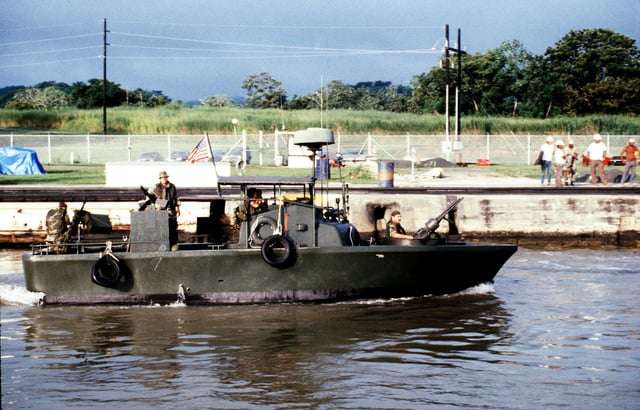
11. Psychological warfare: The ghost tape strategy
The U.S. military ran psychological operations blasting eerie audio recordings at night, known as Operation Wandering Soul. These tapes imitated the voices of dead Viet Cong soldiers, designed to frighten superstitious enemy fighters into deserting.
12. The jet no missile could catch
Though often linked with the 1980s, the SR-71 Blackbird began operations during the Vietnam War, flying above 85,000 feet at over Mach 3. It gathered crucial intelligence on North Vietnamese surface-to-air missile (SAM) sites while evading all threats—despite repeated missile launches, none ever hit, thanks to its unmatched speed and altitude.
Though often linked with the 1980s, the SR-71 Blackbird began operations during the Vietnam War, flying above 85,000 feet at over Mach 3. It gathered crucial intelligence on North Vietnamese surface-to-air missile (SAM) sites while evading all threats—despite repeated missile launches, none ever hit, thanks to its unmatched speed and altitude.
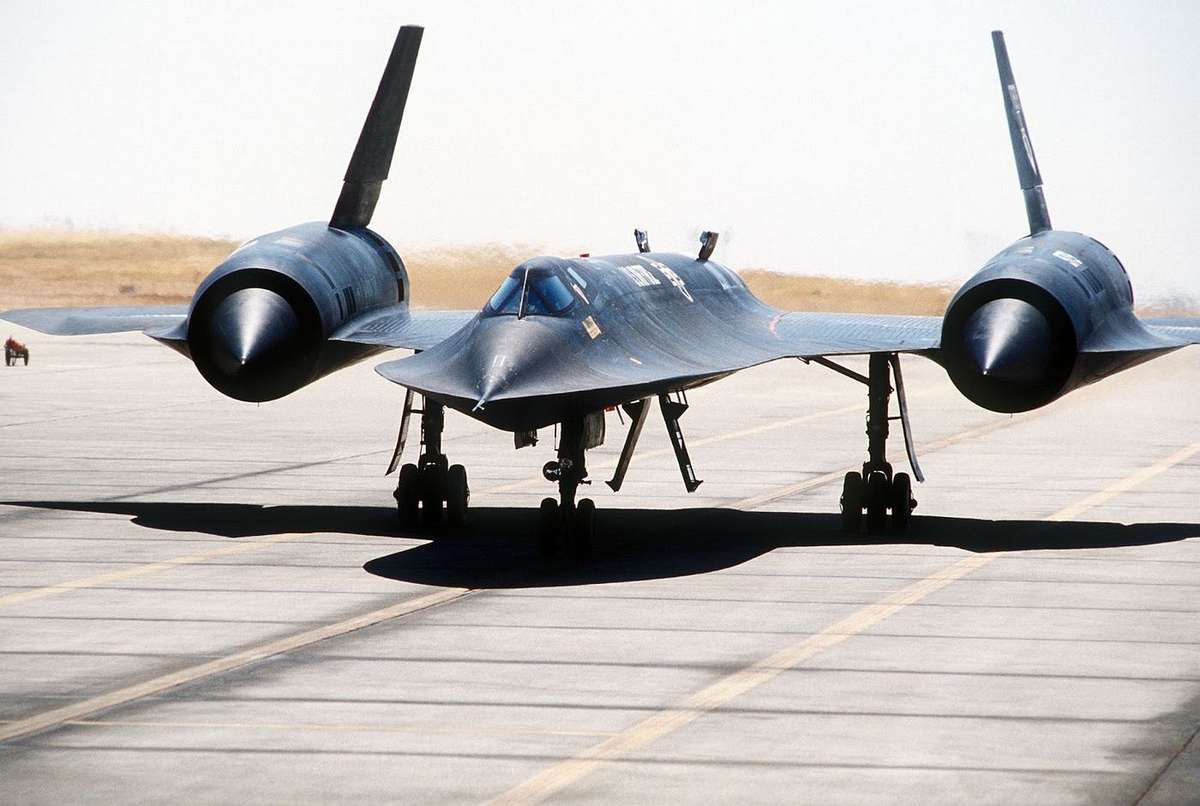
13. How bicycles fuelled the Viet Cong
North Vietnamese troops used reinforced bicycles to transport supplies along the Ho Chi Minh Trail. Stripped of pedals and fitted with bamboo supports, some carried over 300kgs of rice or ammunition. Pushed not ridden, they enabled quiet, efficient resupply through dense jungle terrain, making them a vital tool in sustaining the war effort.
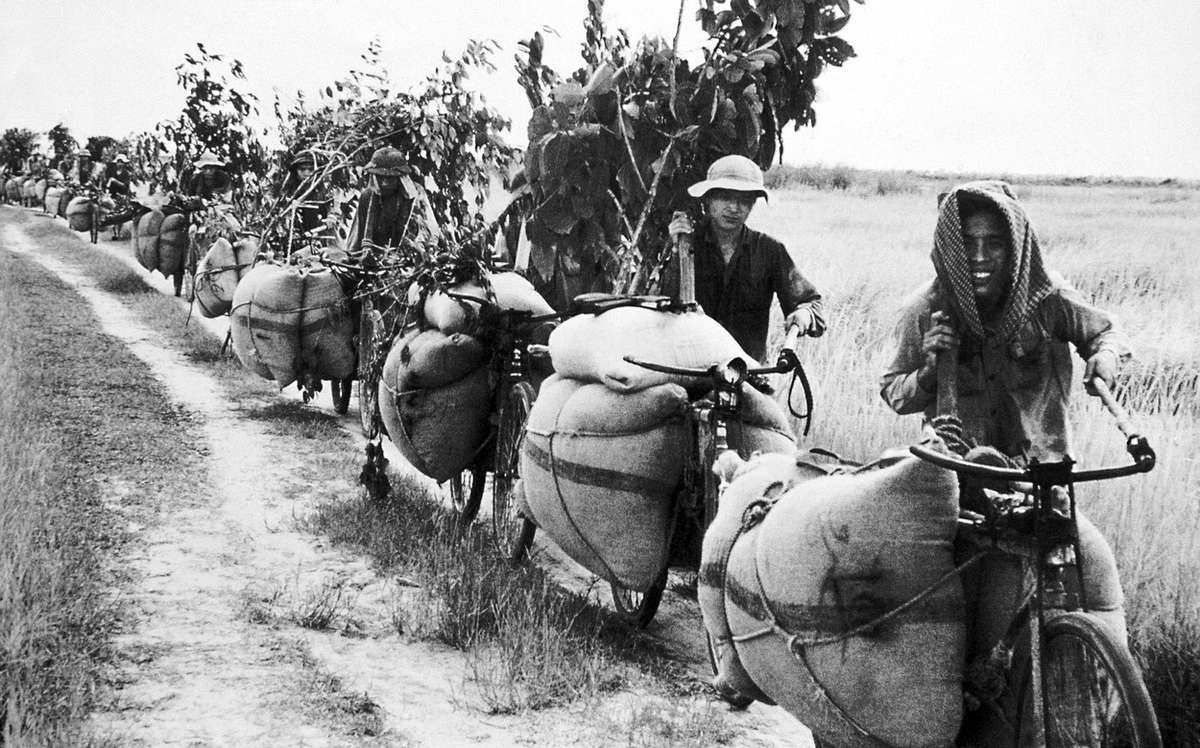
14. Ho Chi Minh once sought American support
Before aligning with the Soviet Union, Ho Chi Minh appealed to the United States, quoting the American Declaration of Independence in the 1940s to argue for Vietnam’s freedom from French colonial rule.
15. The tank that ended the Vietnam War
Finally, on 30th April 1975, a T-54 famously crashed through Saigon’s Presidential Palace gates, marking South Vietnam’s surrender. The moment became an enduring symbol of the conflict. Today, preserved T-54s across Vietnam commemorate this pivotal event in history.
Finally, on 30th April 1975, a T-54 famously crashed through Saigon’s Presidential Palace gates, marking South Vietnam’s surrender. The moment became an enduring symbol of the conflict. Today, preserved T-54s across Vietnam commemorate this pivotal event in history.
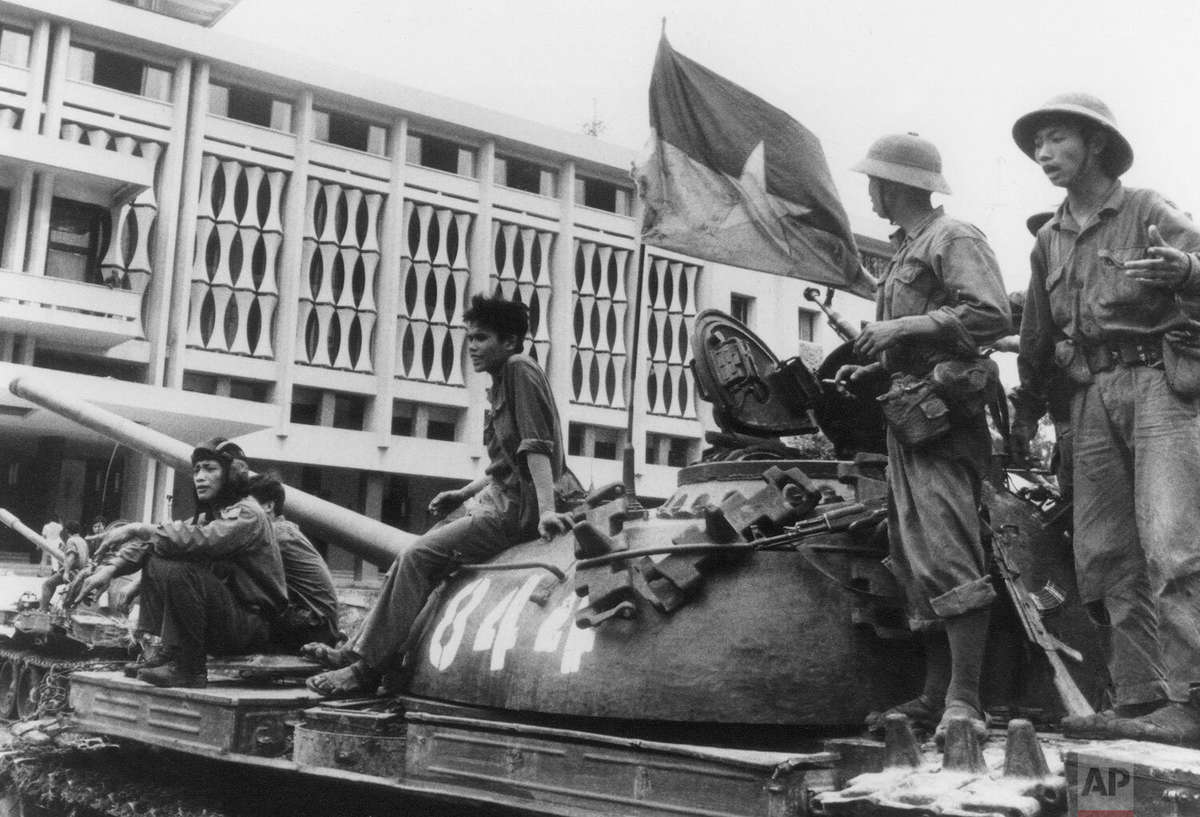
It’s a striking reminder that the Vietnam conflict wasn’t just fought with soldiers, tanks, and aircraft, but also with unexpected innovations and military strategies — some deadly, some very basic and some bordering on the surreal.
Want to learn more about the conflict in Vietnam?
Check out the 10 minute YouTube film below which provides some interesting footage and a useful timeline of key turning points, as well as lessons learned.
 Skip to content
Skip to content

